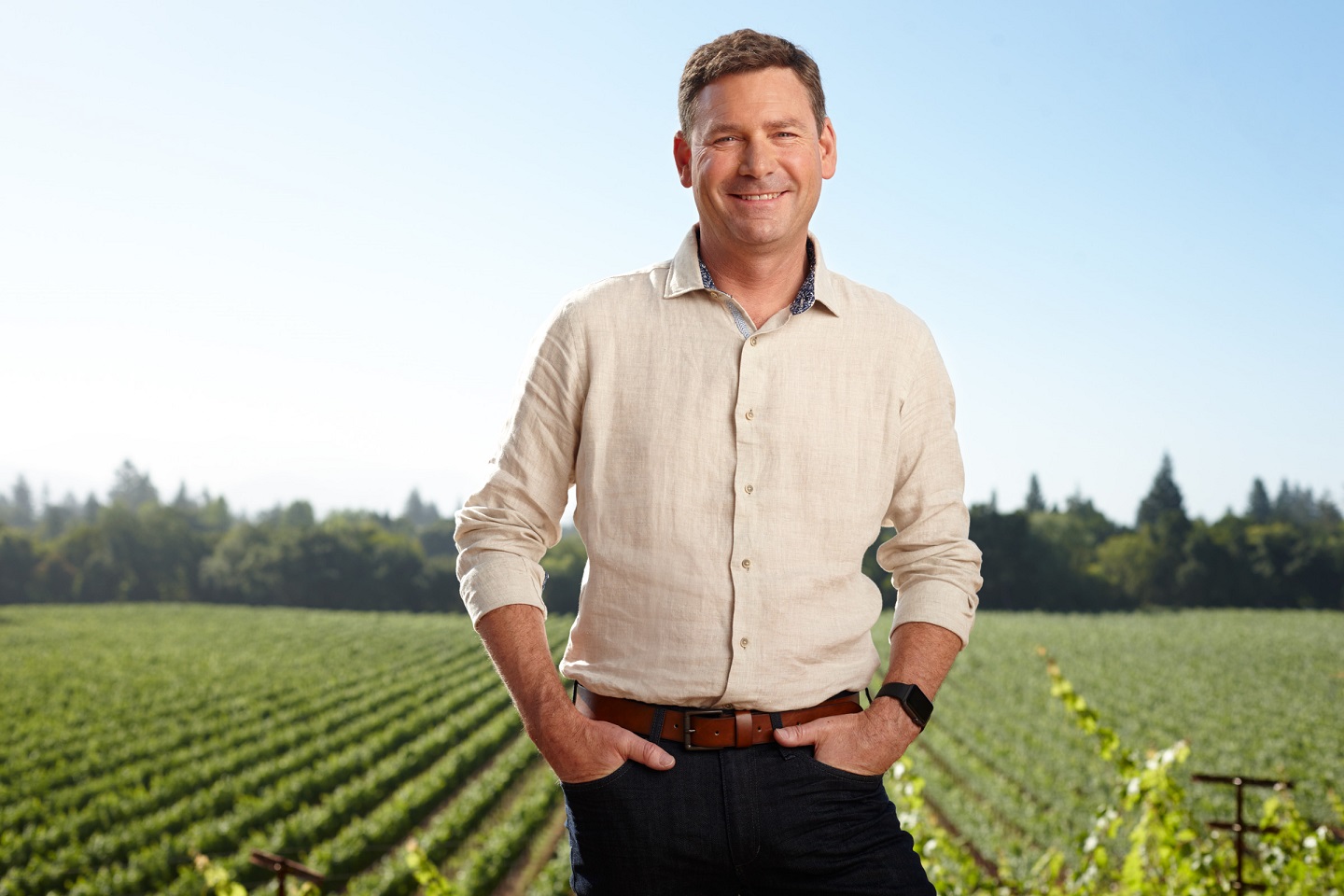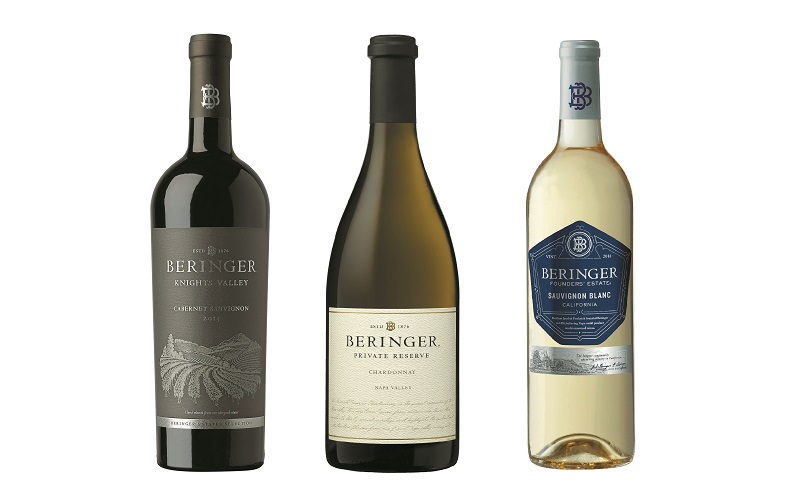
The great-great grandson of Beringer’s founder Jacob Beringer. (Photo: Beringer)
Despite being the great-great grandson of Beringer’s founder Jacob Beringer, the Napa Valley winery’s chief winemaker Mark Beringer had to go through seven gruelling interviews before he got the job. This is surprising, bearing in mind his last name. “It was probably because of my last name,” he laughs. “They didn’t make it easy on me, and the reason is they weren’t just looking for someone to make wine — if the person was going to be travelling the world and talking about the brand, he or she really had to be the right hire.”
Coincidentally, it is on one of these worldwide travels that I meet Mark in KL — a key pit stop during a Southeast Asian tour, visiting key markets while sharing with collectors and connoisseurs what makes this historic winery quite so special. Chatty and warm, Mark is a great storyteller — exactly the traits you would need for a role like his.
Beringer’s history dates back to 1868, when Jacob Beringer, enticed by the opportunities of the new world, sailed from his home in Mainz, Germany, to New York. However, after hearing that the rocky hillside soil and fertile valley floor resembled the vineyards back home in Germany, Jacob made his way to the Napa Valley. Jacob and his brother Frederick purchased 215 acres of land in 1875 and became one of the first wineries in Napa Valley.
Beringer is known for establishing many firsts as leaders in the wine industry. It had one of the first gravity-fed facilities and was among the first to operate using hand-dug caves and cellars, the first to give public tours in 1934 that started a Napa Valley hospitality tradition and the first — and only — winery to have both a red and a white wine named #1 Wine of the Year by Wine Spectator magazine.
The winemaker’s sprawling estate provides a unique glimpse into Napa Valley’s past. Graced with stately 19th century architecture and verdant gardens, Beringer is not only one of the most beautiful properties in California’s wine country, but as the longest continuously operating winery in Napa, it is among the most historic. The entire estate was designated a Historic District on the National Register of Historic Places.
The Beringer family sold the name and the winery in 1971, so Mark could never have imagined that his career in oenology — previous stints included Artesa and Duckhorn — would bring him back to the doors of the vineyard that still bears his family’s name. “The sale took place when I was a child, and it so happened that I worked in the wine industry as an adult,” he shares. “I’d been in my job for six years at Artesa and I needed something new. The job was being scaled down because they had sold some properties and it wasn’t looking like a very bright future there. I had put my feelers out and a friend asked me if I was keen on a role at Beringer.”

Taking over from his predecessor Laurie Hook, Mark is the eighth winemaker on a hallowed roster of talent, including Ed Sbragia, who now devotes his time to his family’s vineyards in Sonoma, as well as Myron Nightingale, one of the true pioneers of Californian winemaking. What Mark brings to the table, he admits, is not especially revolutionary but instead, builds upon an existing legacy of quality and excellence.
“I don’t think I would have been hired if Laurie’s and my style of winemaking were too different — the idea was to continue what was already a strong legacy,” he comments. “My predecessors all come up from underneath each other, and I am the first from outside, which I think brings a fresh perspective. I mean, it’s always nice to look at things with different eyes. I’ve had successes with the other brands I worked for, but I also had a lovely transition with Laurie so I had a great indoctrination process. Because of that, I can now experiment and play around with certain things — I’ve brought in new wood fermenters, using different barrels for ageing. I’m not making any big changes, which would be a mistake.”
In fact, all Mark is interested in doing for Beringer is focusing on its strengths and its identity as a historic winery producing some of California’s best bottles. “We don’t try to be anything we are not,” he says. “For years, Napa tried to compete with France by trying to be Bordeaux or Burgundy. You have to shed those terms very quickly if you want to be considered on the world stage. Napa has now risen to the same claims as the great regions of Burgundy and Bordeaux. We just have to be true to what we are capable of doing and what our style is, and let the customers decide if that’s what they want.”
Because Mark joined only in 2015, a vast majority of Beringer’s bottles do not yet bear his handprint. It is only now that everything in the cellar has gone through his exacting eye for style and quality. In the coming years, it will be interesting to see how the scion of the Beringer family is bringing back his ancestral vision, continuing the company’s legacy for generations to come.
This article first appeared on Mar 26, 2018 in The Edge Malaysia.


